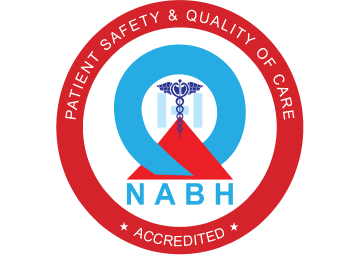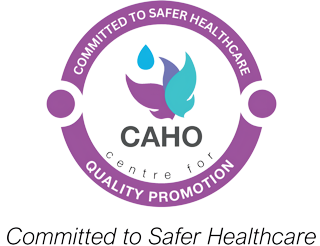Prominent Ears
Why do they happen?
- 1 in every 20 persons has a prominent ear. It is said to be an autosomal dominant condition which means that if one parent has a prominent ear, each child has a 50 % risk of getting this kind of ear. The normal ear has many convolutions or folds which give this the shape of the ear. These folds may not be well developed in some ears resulting in the ears appearing prominent
Why do people get their prominent ears corrected?
- Prominent ear correction is mainly done in children as some of them get teased in schools. With nice and attractive ear rings being worn, the ears get a lot more attention, and many adults also would like to have this prominent ear corrected
How early can they get corrected?
- The ears reach the maximum size that they can grow by seven years in boys and by six years in girls. We would like to operate on them after that. We operate on children mainly during school holidays so that they would not miss school.
What is done during the surgery?
- We would put the patient to sleep by general anaesthesia so that the patient has no pain during the procedure. We would then make an incision behind the ear, correct the underdeveloped folds in the ear and correct the prominence of the ear. After the procedure is done, the patient will have a dressing around both the ears and his head which will remain for four days after which they can be removed.
Will the incision mark be noticeable?
- As the incision is made behind the ear and as the prominence of the ear is corrected, the incision will be hardly noticed.
How long would the patient need to stay in the hospital?
- The surgery can be done as a daycare in which you can come in the morning and go in the evening. Patients who come from far and for those who like to take rest in the hospital on the day of the operation usually stay for a day in the hospital.
What are the complications or unfavourable results that can happen after this procedure?
- Some patients may not heal well and can have hypertrophic scars or keloids which may need massaging and steroid injections later. Although we suture the folds of the cartilage to get it to the right shape, in a very small percentage they may come back again. In that case, we may need to redo again. There is a small chance of infection. If there are any redness, swelling and pain, we recommend our patients to come back again and give them antibiotics to tide over the situation.




